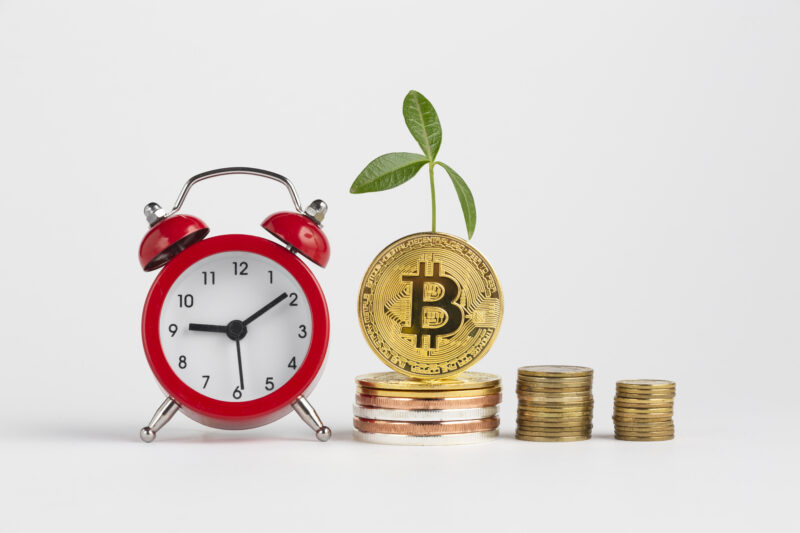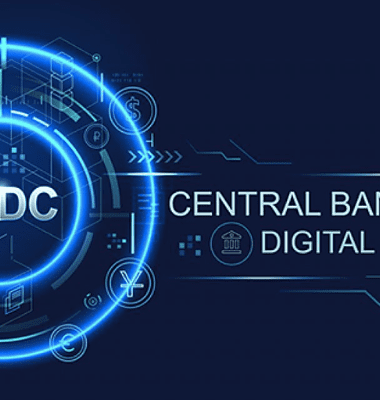Bitcoin, the revolutionary digital currency, operates on a decentralized network of computers known as the blockchain. This network relies on ‘miners’ who utilize specialized hardware to solve complex mathematical problems in order to verify transactions and add them to the blockchain. As a reward for their efforts, miners receive newly minted Bitcoin.
However, Bitcoin has a fascinating built-in mechanism called “halving” that brings scarcity into its system. Let’s delve into what it is, how it works, and the effects it holds for the future of Bitcoin.
What is Bitcoin Halving?
Approximately every four years, the reward for successfully mining a Bitcoin block gets cut in half. This event is known as the Bitcoin halving. When Bitcoin was first launched, the block reward was a generous 50 BTC. Since then, we have witnessed three halvings:
- 2012: Reward reduced to 25 BTC.
- 2016: Reward reduced to 12.5 BTC.
- 2020: Reward reduced to 6.25 BTC.
The next halving event is anticipated around April 2024, when the block reward will further decrease to 3.125 BTC.
Why Does Bitcoin Halving Exist?
The genius of Bitcoin’s creator, Satoshi Nakamoto, lies in the design of Bitcoin as a deflationary currency. Unlike traditional currencies, which are susceptible to inflation due to unlimited printing, Bitcoin has a predetermined maximum supply of 21 million coins. The halving process gradually reduces the rate at which new Bitcoins enter circulation, ensuring scarcity and potentially increasing its value over time.
Impact of the Halving on Bitcoin’s Price
Bitcoin halvings have historically been associated with surges in the price of the cryptocurrency. Here’s why:
- Reduced Supply: Halving events cut the rate of new Bitcoin creation in half. This decreased supply, when coupled with a steady or increasing demand, can put upward pressure on Bitcoin’s price.
- Increased Miner Competition: As block rewards decline, miners with less efficient hardware may find it unprofitable to continue mining. This leads to a consolidation of miners, potentially driving further increases in Bitcoin’s hash rate (a measure of network security) and overall value.
- Psychological Boost: Halving events generate a lot of buzz and renewed interest in Bitcoin, further fueling demand and potentially influencing price actions.
How Miners Benefit from Halvings
While halving might seem harsh for miners at first glance, as their direct block rewards decrease, the strategic benefits outweigh the immediate reduction in earnings:
- Scarcity and Price Appreciation: The inherent scarcity created by halving, if met with sufficient demand, can have a positive effect on the long-term price of Bitcoin. Miners who hold on to their rewards stand to benefit significantly .
- Reduction of Sell Pressure: As the block reward decreases, miners may have less of an incentive to sell their Bitcoin immediately to cover their operating costs. They may hold onto their Bitcoin, further contributing to its price stability.
The Future: What Happens After All Bitcoins Are Mined?
Bitcoin is designed to reach its final supply of 21 million around the year 2140. A key point to note is that after that date, miners will no longer receive newly created Bitcoin as block rewards. However, they will continue to earn from transaction fees attached to blocks they add to the blockchain.
Bitcoin halving is a cornerstone of its monetary model, playing a crucial role in controlling its supply and influencing its price dynamics. While the immediate effect on miners may be a reduction in rewards, the long-term strategy of designed scarcity fosters greater potential for value appreciation. As we move closer to its ultimate supply cap, Bitcoin promises to become an even more intriguing and potentially lucrative asset.
DISCLAIMER: The information provided in this blog is for general informational purposes only and does not constitute financial or investment advice. The Bitcoin market is highly volatile, and past performance does not guarantee future results. Before investing in Bitcoin or other cryptocurrencies, do your own research and consult with a qualified financial advisor.










